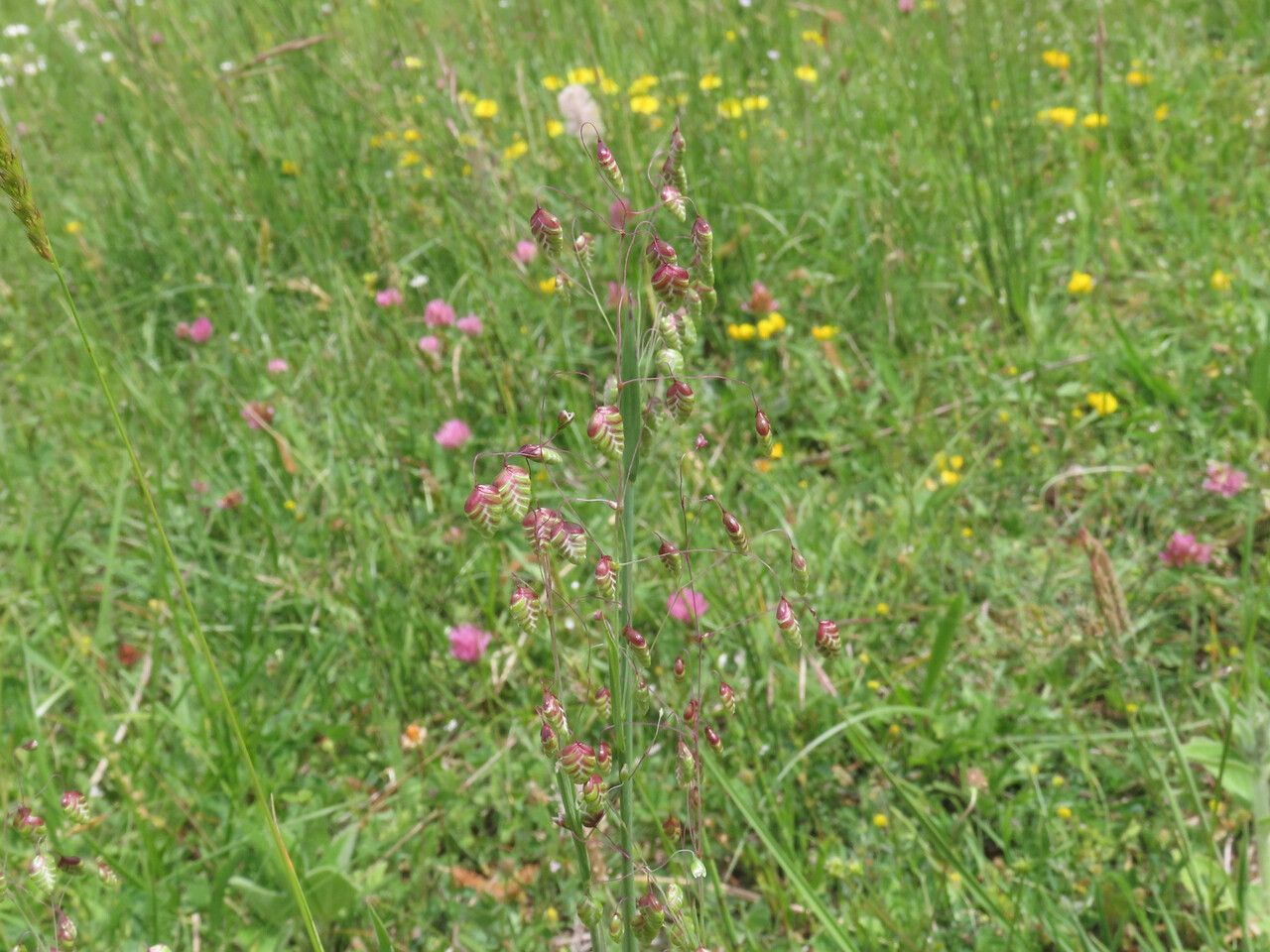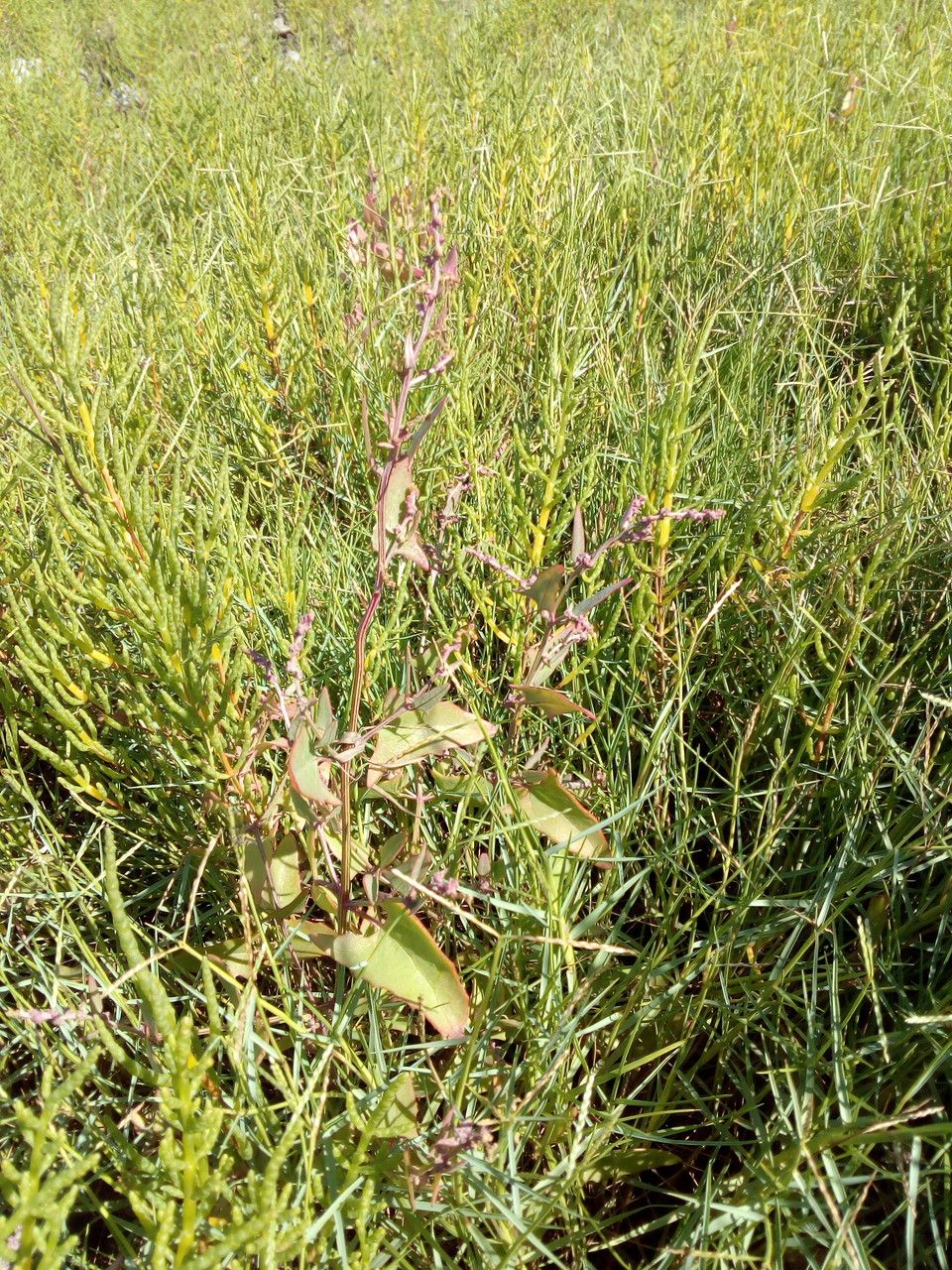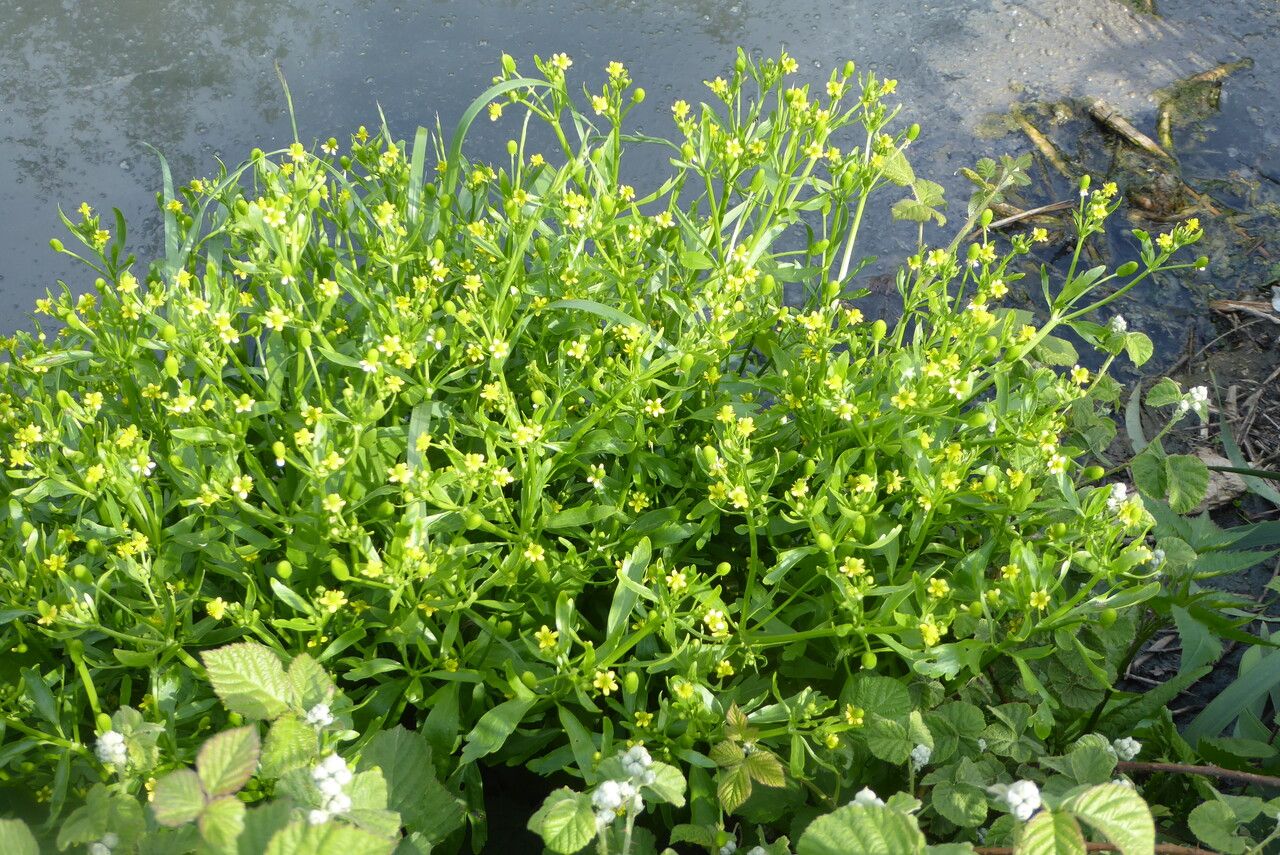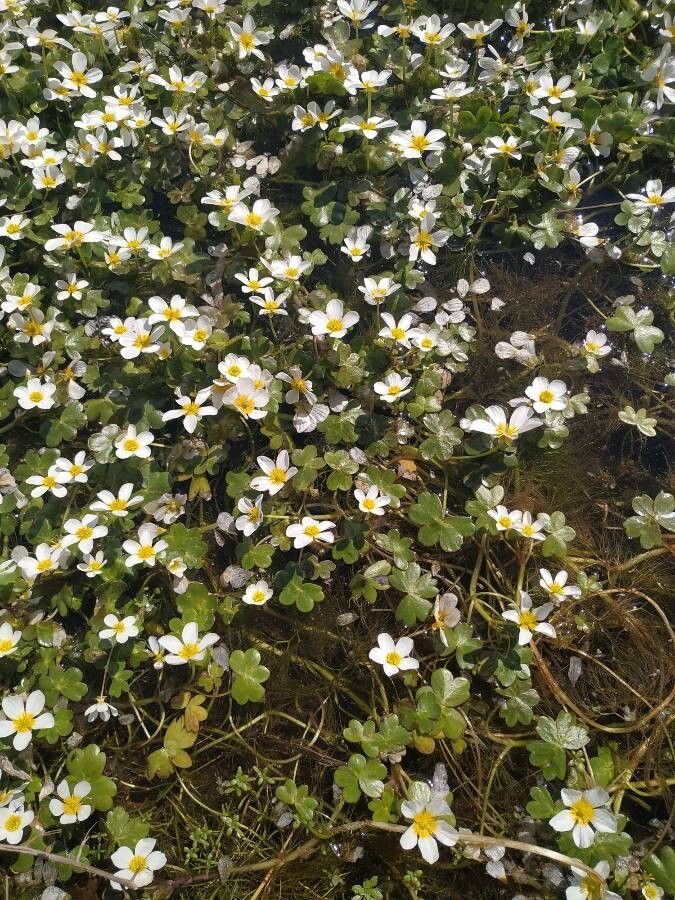## Perennial Quaking Grass: A Delightful Addition to Your Garden
Perennial Quaking Grass ( *Briza media*), a member of the Poaceae family, is a charming and delicate ornamental grass known for its captivating seed heads that tremble gently in the breeze—hence the name 'quaking grass'. Its airy, ethereal appearance makes it a highly sought-after addition to gardens worldwide. This comprehensive guide will delve into all aspects of cultivating and caring for this beautiful plant.
### Habitat and Growth
Native to Europe, North Africa, and parts of Asia, Perennial Quaking Grass thrives in a variety of conditions, showcasing its adaptability. It prefers full sun to partial shade and well-drained soil. While it tolerates a range of soil types, it performs best in slightly moist, fertile soil. It typically grows to a height of 12-24 inches (30-60 cm), forming loose clumps that spread slowly through self-seeding. Its delicate, green foliage provides a lovely backdrop for other flowers, creating a visually appealing contrast.
### Planting and Care
Planting Perennial Quaking Grass is relatively straightforward. Seeds can be sown directly into the ground in spring or autumn, or started indoors a few weeks before the last expected frost. Ensure good soil drainage to prevent root rot. Spacing plants approximately 6-12 inches (15-30 cm) apart will allow ample room for growth. Regular watering, especially during dry spells, is crucial, particularly in the first growing season. While not demanding, consistent moisture helps ensure robust growth and vibrant foliage.
Once established, Perennial Quaking Grass is low-maintenance. It typically requires minimal fertilization. Deadheading (removing spent flower heads) is not necessary, as the seed heads add to the plant's ornamental value. However, you can trim back the foliage in late winter or early spring to encourage fresh growth.
### Uses in Landscaping
The versatility of Perennial Quaking Grass makes it a valuable asset for landscaping. Its delicate texture and airy seed heads create a soft, romantic feel, making it an ideal choice for cottage gardens, wildflower meadows, or as a border plant. It pairs beautifully with other wildflowers, taller grasses, or even shrubs, adding a touch of elegance and movement to any garden design. Its drought tolerance makes it a suitable option for drier areas, while its ability to tolerate partial shade expands its potential placement in various garden environments. It can also be incorporated into cut flower arrangements, lending a unique texture and lightness.
### Pest and Disease Resistance
Perennial Quaking Grass is generally resistant to pests and diseases, making it a hardy and low-maintenance option for gardeners. However, it’s always good practice to monitor your plants for any signs of unusual growth or damage. If necessary, consult with a local horticulturalist for pest and disease management advice.
### Propagation
While this grass spreads by self-seeding, you can also propagate it through division in spring or autumn. Gently divide mature clumps, ensuring each section has healthy roots and foliage, and replant them in prepared soil. This is a simple method for increasing the number of these beautiful grasses in your garden.
### Sun Exposure & Soil Needs
While it tolerates partial shade, Perennial Quaking Grass thrives in full sun. Well-drained soil is crucial to prevent root rot. Avoid heavy clay soils that retain too much moisture.
Perennial Quaking Grass: A Complete Guide

Frequently Asked Questions
How do I care for perennial quaking grass?
Perennial Quaking Grass is low-maintenance. Ensure consistent moisture, especially when young. Minimal fertilization is needed. Trim back foliage in late winter/early spring. Monitor for pests and diseases but it is generally resistant.
Is perennial quaking grass invasive?
Perennial Quaking Grass spreads slowly through self-seeding, but it's not considered highly invasive. It's easily controlled and doesn't aggressively take over garden spaces like some other grasses.


